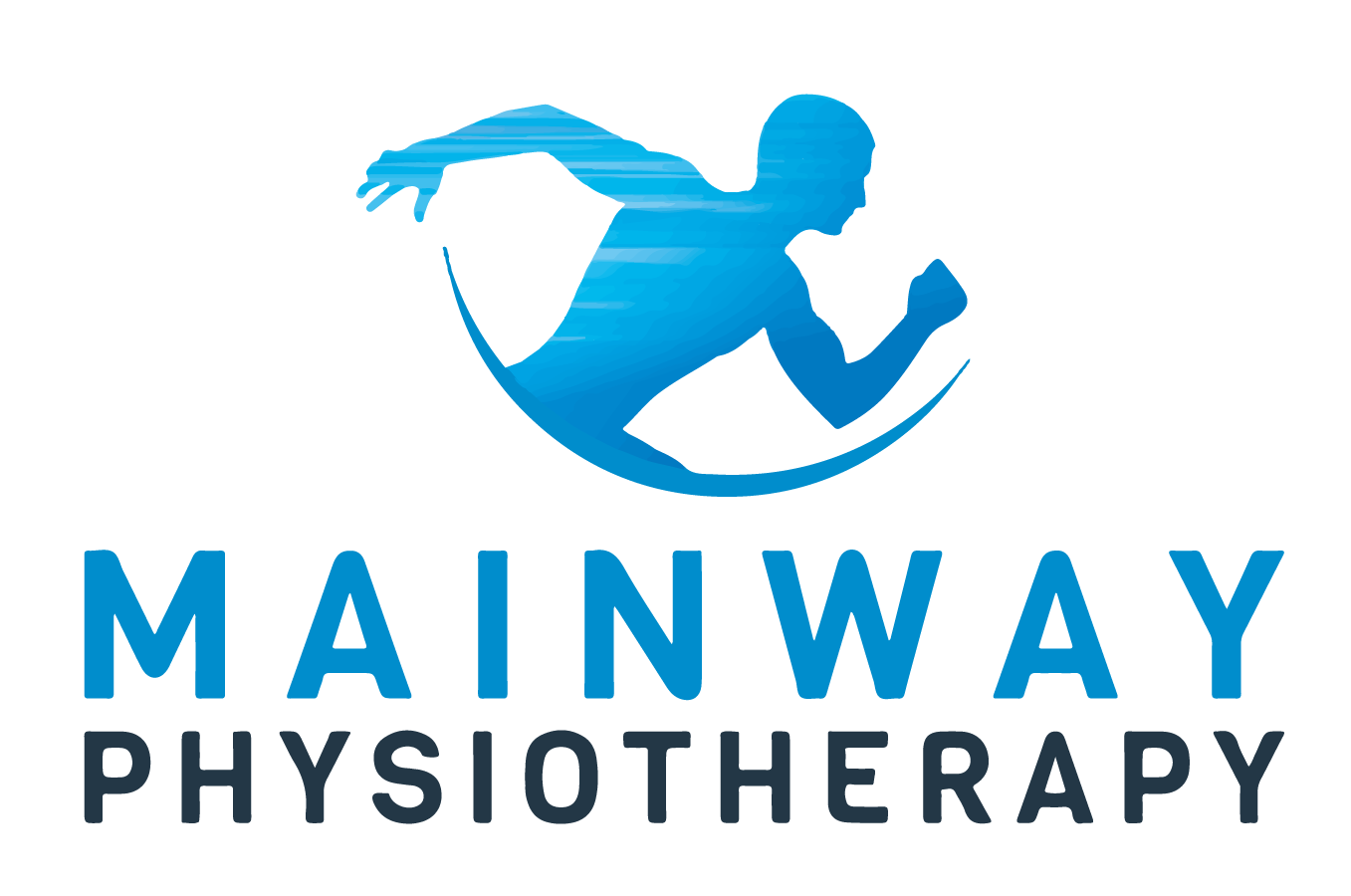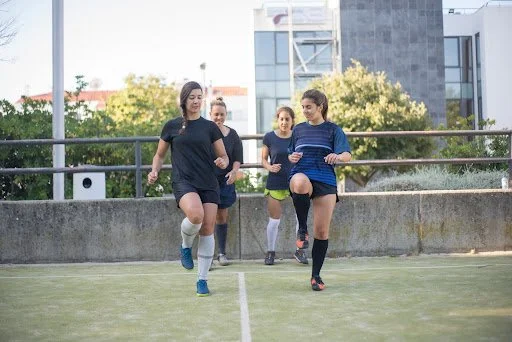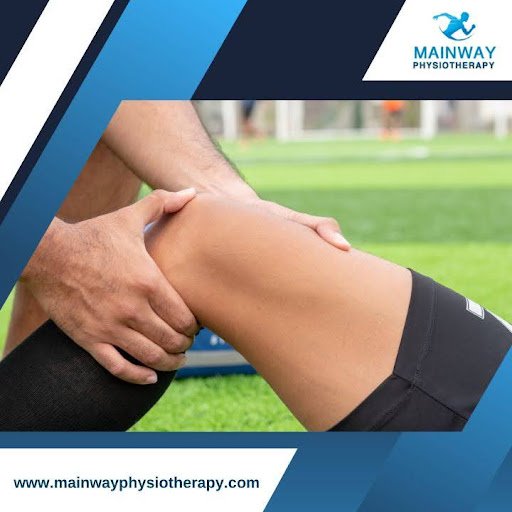Soccer Season is Here, Injury Prevention is the Name of the Game
With summer fast approaching, outdoor sports like soccer draw athletes and fans back to the fields with its fast pace, teamwork demands, and the rush of scoring that perfect goal.
After months of staying indoors, the excitement of returning to the pitch has players rushing to the fields for games, practices, and even a quick game of pick-up. However, it’s important to remember that jumping back into the game without proper conditioning can increase the risk of injury.
At Mainway Physiotherapy, we are dedicated to helping athletes stay injury-free by offering essential education on injury prevention and physiotherapy programs that will keep you or your athlete in the game all season long. While injuries can be an inevitable part of sports, there are effective ways to reduce the risk.
Let’s explore the most common soccer-related injuries and the steps you can take to prevent them, so you can enjoy the game without setbacks.
Common Soccer Injuries Every Athlete Should Know
Soccer is considered a high-contact sport, and thus, injuries are inevitable. The three most common injuries in soccer players are lateral ankle sprains, hamstring strains, and ACL tears.
Lateral Ankle Sprains:
These can happen quickly, whether you're running on uneven grass, making quick turns, or from physical contact with another player. Keeping proper balance and being mindful of how you move your feet can help reduce the risk of this injury.
Hamstring Strains:
Whether you sprint or kick the ball, your hamstrings are constantly used. This strain can be avoided by doing proper dynamic stretches before the game and paying attention to your form while running and kicking.
ACL Tears:
This is the most serious and often dreaded injury for soccer players. It's more common among female athletes and can occur with or without contact, often due to a poor landing after a fall or a sudden pivot. ACL tears require significant recovery time and sometimes even surgery.
How Can You Prevent These Injuries?
While injuries are sometimes unavoidable, there are proven strategies for prevention. Incorporating the following into your routine can make a big difference:
Sport-Specific Strength Training and Conditioning
Building up the muscles you use most in soccer helps your body handle the physical demands of the sport.
This type of training focuses on areas like the legs, core, and lower back to enhance stability, power, and endurance. Squats, lunges, and deadlifts build leg strength, while core exercises like planks or Russian twists improve balance and control.
Proper Warm-ups and Cool-downs
Taking the time to stretch and warm up before playing and cool down afterward prepares your body for the game and aids recovery.
Start with dynamic stretches like leg swings, high knees, or butt kicks to increase blood flow and loosen up the joints. This helps your body prepare for the fast-paced movements in soccer, reducing the likelihood of muscle strains or joint injuries.
Awareness of Your Body
Staying mindful of how your body moves during play, especially when making quick changes in direction or landing from a jump, can help prevent injuries.
FIFA 11+ Injury Prevention Program
Injury prevention has become such an important part of any game that governing bodies responsible for organizing and overseeing sports are investing time and resources to support sustainable health and the well-being of athletes. FIFA (Fédération Internationale de Football Association) launched an injury prevention program that offers a complete warm-up developed by their Medical Assessment and Research Centre (F-MARC). It targets amateur players who are 14+, both men and women, and has been proven through multiple studies that doing this program can help reduce injuries by 30-50%.
Key points for the FIFA 11+ Injury Prevention Program:
Takes approximately 20 minutes and is divided into 3 parts (running, strength/plyometric/balance, running at high speed with cutting movements)
Reduces risk of ACL injuries, hamstring strains, and akle sprains
Improves muscle control, coordination, and neuromuscular function
Enhances performance with better movement
Designed for use as a standard warm-up
By implementing sport-appropriate exercises as a part of player performance, studies have shown that injury prevention is a crucial aspect of the game, protecting athlete health and offering the opportunity to maintain peak performance for the long term.
Injury Prevention Starts with Physiotherapy
Investing the time to properly care for your body before an injury occurs can save your entire season. Sports Injury Physiotherapy and Prehabilitation can help prevent injuries by improving muscle strength and flexibility, enhancing joint stability, correcting muscle imbalances, promoting proper movement patterns, supporting recovery between matches, and improving balance and coordination. Educating athletes on how to prevent injuries can help avoid pain, discomfort, and sitting out longer than necessary.
Soccer involves rapid changes in direction, sudden stops, and jumps, which can easily lead to injuries if you’re not paying attention. Be conscious of your movements, mainly when pivoting, landing, or sprinting, to maintain proper form and reduce strain on your joints.
At Mainway Physiotherapy Burlington, we take a holistic approach to injury prevention, chronic pain, rehabilitation, and sports therapy. Our team of certified professionals will help you live an active and pain-free lifestyle by creating a personalized treatment plan centered around your goals.




